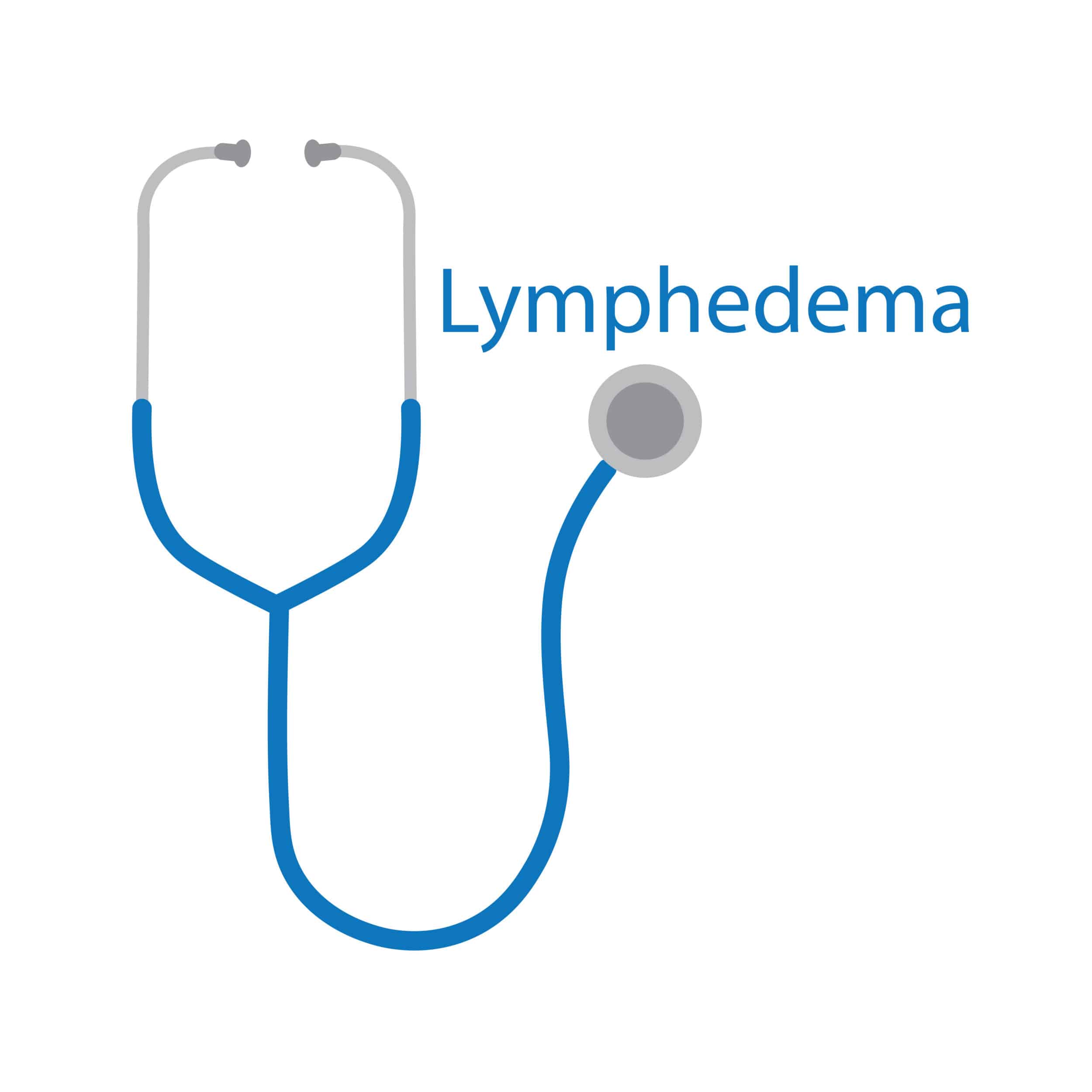At the Center for Vein Disease in Chevy Chase, MD, Dr. Mehru Sonde provides expert care for lymphedema in a compassionate and supportive setting.
What Is Lymphedema?
Lymphedema is a condition that causes swelling, usually in the arms or legs, due to a disruption in the body's lymphatic system. This system ferries lymph fluid throughout the body to help fight infection and regulate fluid balance.
When lymph flow is blocked or impaired, fluid can accumulate in tissues, leading to swelling, discomfort, and long-term complications if untreated.
Some cases are temporary, while others are chronic and require long-term management. Left untreated, lymphedema can lead to reduced mobility, skin thickening, recurrent infections, and more serious health issues.

Causes of Lymphedema
Lymphedema is either primary (resulting from developmental issues in the lymphatic system) or secondary (caused by damage to lymph vessels or lymph nodes).
Primary Lymphedema
This condition is rare and often hereditary. It may be linked to:
- Milroy's disease: swelling appears early in life due to malformed lymph nodes
- Meige disease: lymph vessels lack proper valves, causing fluid to back up
- Late-onset lymphedema: develops after age 35, often without a clear trigger
Secondary Lymphedema
More common, secondary lymphedema often results from:
- Surgical removal of lymph nodes, especially during cancer treatment
- Radiation therapy, which can scar or block lymphatic pathways
- Cancerous tumors that press against the lymph vessels
- Infections, including rare parasitic infections in certain parts of the world
Recognizing Lymphedema Symptoms
Symptoms typically develop gradually and may worsen without treatment. Common signs in the affected limb may include:
- Swelling in the extremities (arms, legs, hands, or feet)
- A heavy or full feeling
- Shiny skin
- Skin thickening and hardening
- Skin that feels uncomfortably tight
- Limited mobility or flexibility
- Recurrent skin infections
- Small blisters or warts
Some people with lymphedema first notice symptoms when they realize that their jewelry or clothing feels tighter on the affected side of their body.
Possible Complications of Lymphedema

Without treatment, lymphedema can lead to:
- Skin infections like cellulitis
- Inflammation of lymph vessels (lymphangitis)
- Deep vein clots
- Rarely, lymphangiosarcoma, a serious form of cancer related to long-standing swelling
Diagnosis of Lymphedema
Dr. Sonde begins with a physical exam and a discussion of your symptoms. She compares limb measurements to evaluate the swelling. Lymphedema is mostly a clinical diagnosis. The imaging study for Lymphedema is called Lymphoscintigraphy where a radiotracer is injected and is seen with a gamma camera. This study can be only done in hospitals. In office ultrasound is done to evaluate if problems with the venous circulation is contributing to the edema.
You may also need an MRI, CT scan, or a specialized test called a lymphoscintigram, which uses radioactive tracers to track your lymph flow. Dr. Sonde compiles all this information and considers your unique circumstances before recommending a treatment approach.
Treatment Options For Lymphedema
Lymphedema isn't curable; however, there are many techniques to manage it effectively. Treatment can relieve the most troublesome symptoms and improve your quality of life. Dr. Sonde develops personalized care plans that may include:
- Compression garments to support lymph drainage
- Bandaging techniques to reduce swelling
- Manual lymphatic drainage (a specialized massage technique)
- Vein treatments for underlying venous insufficiency (if present) can help reduce the edema form venous insufficiency and decreases the burden on Lymphatics.
- Gentle exercise to stimulate fluid movement
- Pneumatic compression therapy using air-filled sleeves
- Medication (antibiotics) to reduce the risk of skin infections
Surgical options are available for severe or unresponsive cases. There are many techniques, including lymph node transplants, creating new lymph drainage pathways, and removing hardened tissue.
Prevention and Self-Care
While primary lymphedema cannot be prevented, you can reduce the risk of secondary lymphedema by:
- Treating vein disease early, before it worsens lymphedema
- Keeping skin clean and moisturized to prevent cracks or infection
- Avoiding injuries or pressure on the affected limb
- Elevating the limb when possible
- Drinking enough fluids and staying cool
Schedule Your Swelling Consultation in Chevy Chase, MD
If you are experiencing swelling and have large visible varicose veins, trust our experts for the highest standard of care. Call the Center for Vein Disease today at 301-220-8346 to book your consultation in Chevy Chase, MD.
